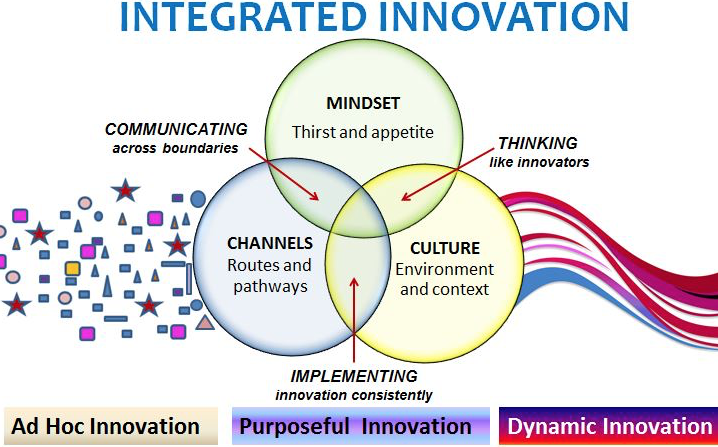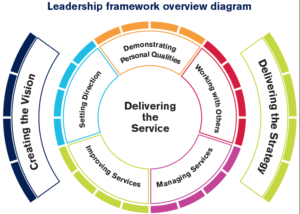Join the EBN Twitter Chat on Wednesday the 3rdof October 2017, 8-9pm UK time which will focus on leading across the boundaries and will be hosted by Dr. Susan Hamer, Director of Nursing, Learning and Organisational Development, National Institute for Health Research(@OfficialNIHR, @dollyblue3)
Participating in the Twitter chat requires a Twitter account; if you do not already have one you can create an account at www.twitter.com. Once you have an account contributing is straightforward, you can follow the discussion by searching links to #ebnjc(the EBN chat hash tag) and contribute by sending a tweet (tweets are text messages currently limited to 140 characters), you need to add #ebnjc to your tweet as this allows everyone taking part to view your tweets.
I have always been interested in different thinking about leadership and over my years in practice have become increasingly aware just how critical a role a leader plays in the performance of a team, organisation or system. Having read a lot about leadership and seen fads come and go, I have also been aware of good thinking on leadership but where the timing hasn’t been quite right to take it forward even though the ideas have much to offer. One such approach is that described in 2009 by Ernst and Yip (2009) where they put forward an approach to improving organisational performance based on their research called boundary spanning leadership.
Perhaps the timing is now right for more leaders to think about these ideas. The authors challenge leaders to actively think about the context of their work and how a better appreciation of what it means to work across, up and down a system really means in terms of leadership effort. We need to consider this proposition because too many traditional models of leadership simply have no resonance in today’s organisations. I lead in a large managed network where we have multiple contact points with other organisations and bases in many locations. Acute trusts used to deliver secondary care and primary care was delivered in the community that simply isn’t the case any longer. Care homes now support some of our most vulnerable adults and in the past this was health care now it is social care. All these redefinitions of work place, patients, publics and carers mean boundaries have become blurred, moved or simply don’t exist.
So we need to have agile leaders able to swiftly look at the boundaries they are working across perceived or real and address them in a way that better meets the needs o f the patients, carers and communities we serve. However like all new skills it is not easy, I know when I am under pressure my default response is to work with colleagues I know, in ways I know, and as pressure seems to be a permanent feature of healthcare leadership I frequently run the risk of sitting in my self-generated silo doing the familiar.
f the patients, carers and communities we serve. However like all new skills it is not easy, I know when I am under pressure my default response is to work with colleagues I know, in ways I know, and as pressure seems to be a permanent feature of healthcare leadership I frequently run the risk of sitting in my self-generated silo doing the familiar.
Perhaps most importantly working across boundaries helps you tap into a wider range of diverse perspectives, this increases the potential for innovation, could reduce risks and costs and creates synergy. When purposefully practicing as a boundary spanning leader I find myself with a broader view, I am more collaborative and cross organisational solutions feel more achievable. Far from it being time consuming and tokenistic I am part of change that has more chance of being sustained as teams become invested in shared goals. Some of the things I have learnt based on the six boundary spanning practices (Ernst and Chrobot-Mason, 2010) are to work at the interface of boundaries to connect, mobilise, reflect, buffer and weave.
Questions to think about in advanced of the chat
What model/s of leadership is/are adopted by your organisation?
What are the advantage / why change leadership styles in contemporary organisations?
When thinking about developing your leadership skills what could you do to improve your boundary spanning skills?
References
Ernst, C., & Yip, J. (2009). Boundary spanning leadership: Tactics to bridge social identity groups in organizations. In T. L. Pittinsky (Ed.) Crossing the divide: Intergroup leadership in a world of difference (pp.89–99). Boston: Harvard Business School Press.
Ernst, C., & Chrobot-Mason, D. (2010). Boundary spanning leadership: Six practices for solving problems, driving innovation, and transforming organizations. New York: McGraw-Hill Professional.